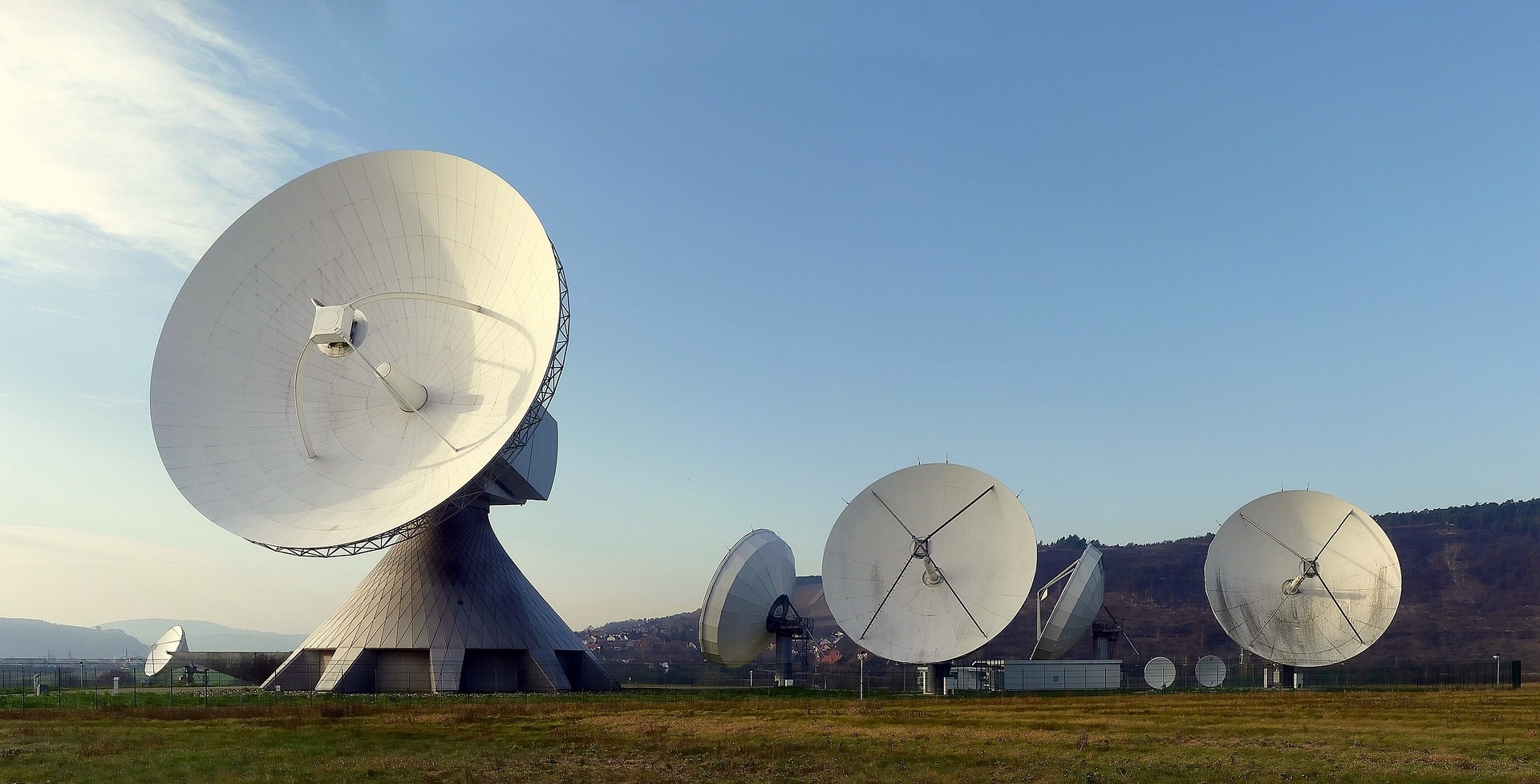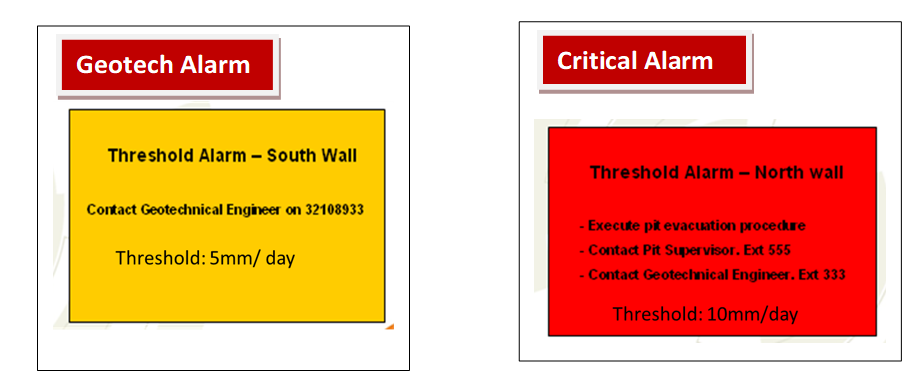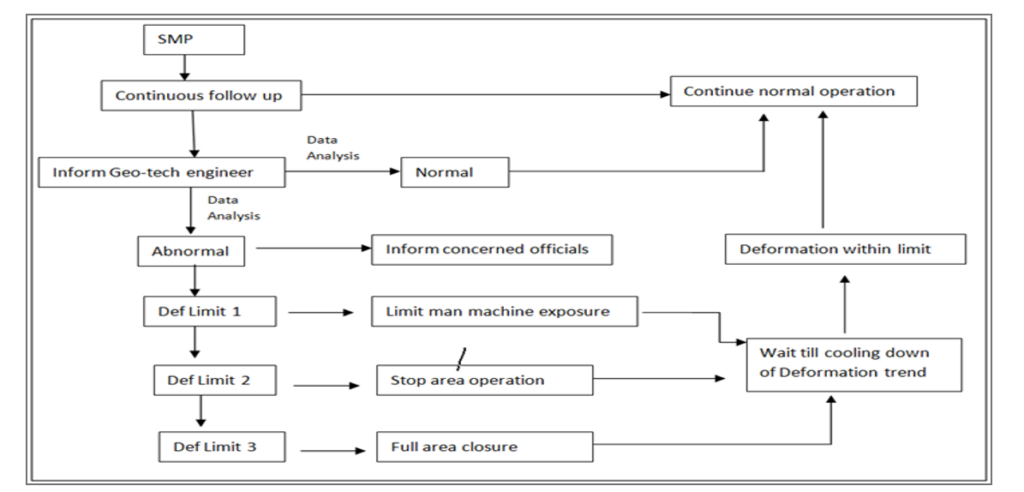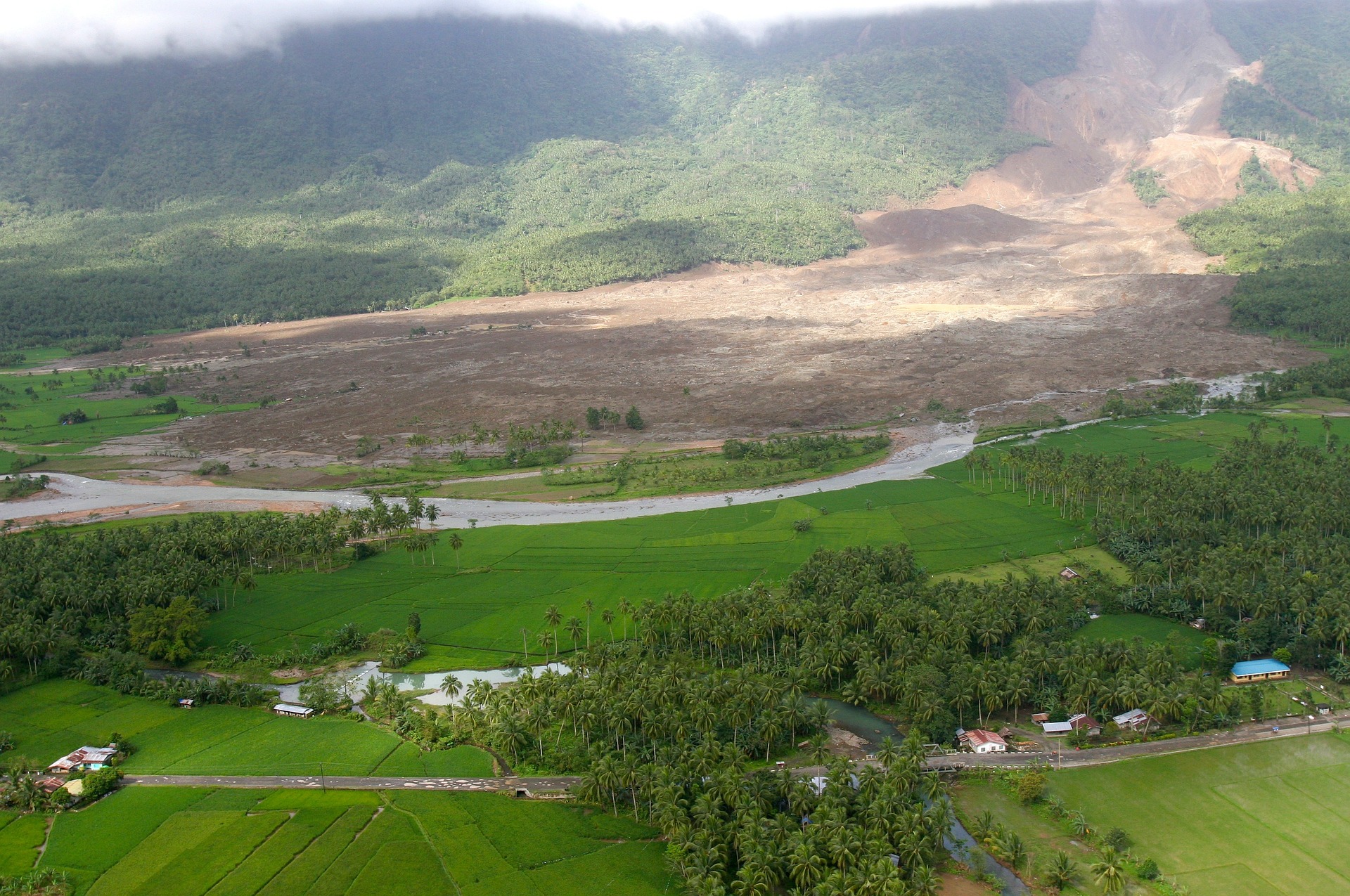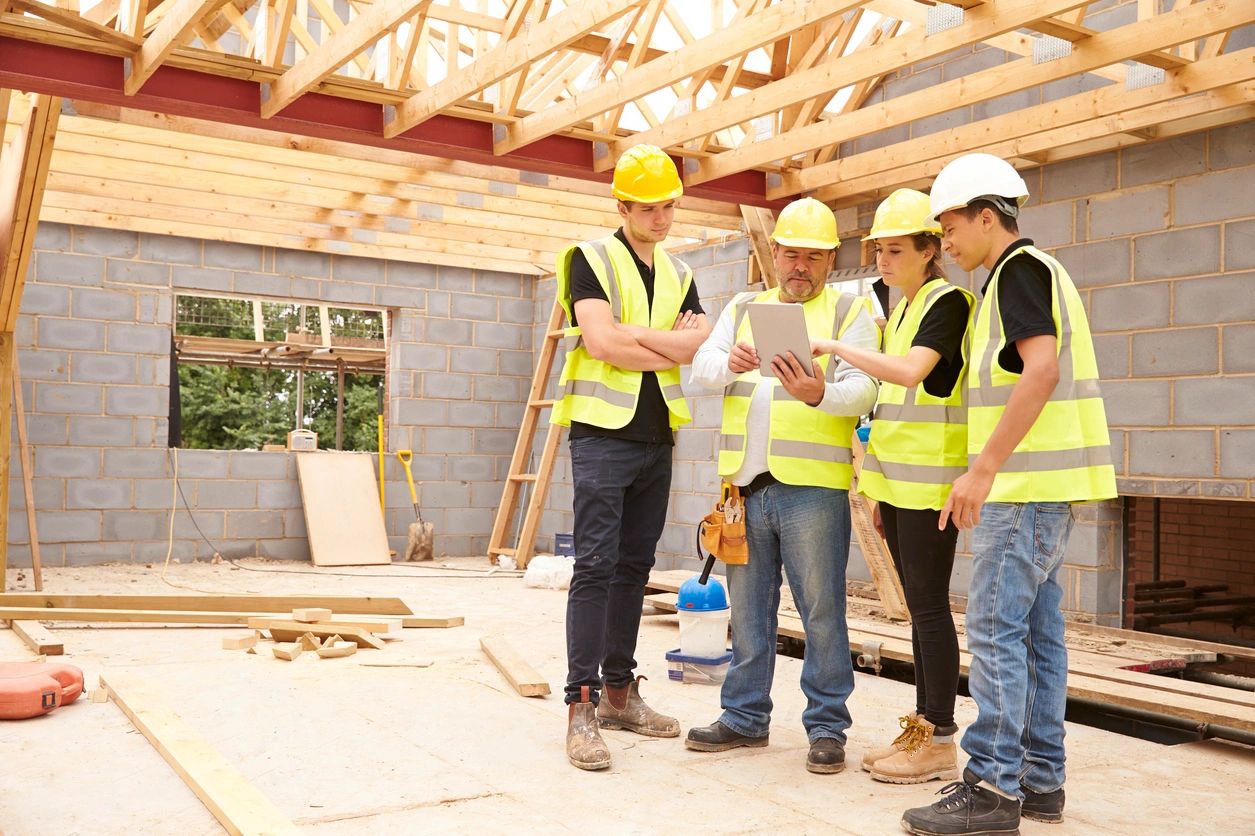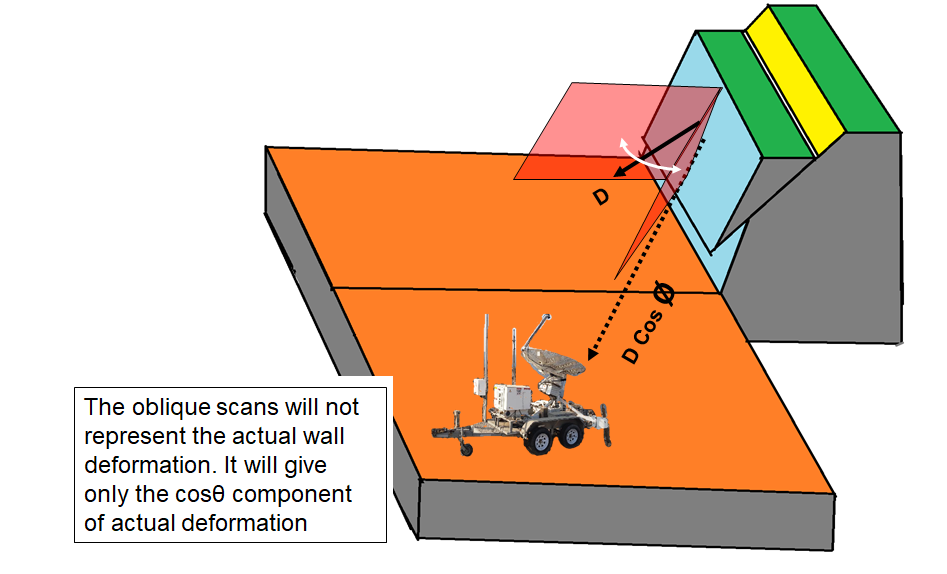
Safe Work Practices near a hazardous slope
Any steep slope and other types of terrain may be hazardous and have the potential to greatly impact the safety of personnel and equipment, as well as, quality and production if not appropriately identified, evaluated and addressed. Proper Hazard identification and Risk Analysis is required to address slope instability hazards by authorized person (i.e. Geo-technical Engineer, Safety Officer and Mine Manager) but safe work practices have to be implemented in each and every case by every individual as per the instructions mentioned below.
Instructions:
| 1. All individuals shall take direction from the shift in-charge or area in-charge of the task being conducted near a hazardous slope. 2. Anticipate duration of exposure, the nature of the tasks to be performed and equipment to be used. remain alert and attentive to the surroundings at all times 3. Assess the slope conditions contributing to potentially hazard. 4. Determine locations, gradients, lengths, and other relevant conditions of the designated area and determine access requirements and assess the escape route during any emergency in the designated area. 5. Be aware of rolling boulders or loose rocks beneath the designated slope. Ensure warning signs are in place if required. 6. Ensure you are not in the impact/projected zone of mass/boulder that can slide/fall. At the same time ensure you are in view of operators of equipments at all times. 7. Do not park any LMV in the line of fire of mass/ hanging boulder that is prone to slide/fall. LMV should be parked in nearby identified safe zone 8. Refuse to perform work when unsafe conditions have not been properly addressed. 9. Refuse to perform work if you do not have confidence to work near any hazardous slope. 10. Report potential hazards to shift in-charge or the designated Person-in-Charge of the task. Ensure you are acquainted with response procedure during any emergency. 11. Operators must always use seat belts when operating equipment and vehicles. 12. Ensure you wear appropriate PPE 13. Visitors are required to follow instructions provided at the orientation and remain alert and attentive to their surroundings at all times. 14. Avoid placing vehicles in the line of fire of materials and/or equipment and report any apparent safety concerns or potentially hazardous situations IMMEDIATELY to site supervisor or area in-charge or shift in-charge. |
Machine-wise instructions:
Dozer operation
1. Do not deploy dozers on steep slope or in the line of fire of mass/ hanging boulder. For mild slope (i.e. hill top) avoid traveling across slopes as much as practical.
2. Keep the dozer blade as close to the ground as possible while travelling up or down a slope.
3. If the machine starts to slide sideways when working across a slope, turn the machine downhill and drop the blade.
4. Debris and loose rocks along dozer breaks should be stabilized before personnel are allowed to work below them. 5. When parking a dozer, the blade should be placed on the ground.
Excavator operation
1. Do not deploy any excavator on steep slope or in the line of fire of mass/ hanging boulder. For mild slope (i.e. hill top) create a level area where Excavators are excavating along slope areas.
2. Where turning is unavoidable, or where ascending or descending, turn as gradually as possible to maintain stability.
3. For uphill travel, extend the boom and half full bucket forward and for downhill travel bring the boom and empty bucket in close, to maximize stability and traction.
4. When descending a slope, use the same (low) gear range required to climb it.
5. When parking an excavator, the bucket should be placed on the ground.
Front-end Loaders
1. Do not deploy any excavator on steep slope or in the line of fire of mass/ hanging boulder.
2. Do not create an undercut at the toe of a slope in any condition
3. While performing Turra coal excavation- keep safe distance from overhang or hanging boulder on Dragline highwall
4. Dress the highwall properly and achieve clean highwall as much as possible. But always ensure 2m coal berm is there at the Turra roof.
5. Do not create undercut at the dragline dump side.
Trench Excavation
1. Before any trenching operation barricade the area properly. Distance of barricading from the trench line should be at least 1.5 times of the trench depth.
2. The slope of the trench walls should be decreased if the ground condition is poor/ soft.
3. When excavating deep trenches by sitting inside the trench, large rocks may be encountered that have a possibility of rolling down. The following protective methods/measures should be implemented to mitigate the risks associated with falling rocksThe Excavator Operator will create a benched platform from the spoil materials from the trench to set the large rock on. This will create a stable surface for the boulder to sit on, reducing the possibility of the rock moving down the hill. Additional spoil material should be positioned around the rock to provide support. If the boulder is very large, it should be transported to the top of the platform by the excavator.
4. Spotters should be positioned in safe zones near the excavation and equipped with safety air horns to pause work if unsafe conditions exist (e.g., a large rock being dislodged and descending the hill).
You can go to other posts in this plat form www.waartsy.com for better understanding on slope stability. Read post page in this site.
![]()

